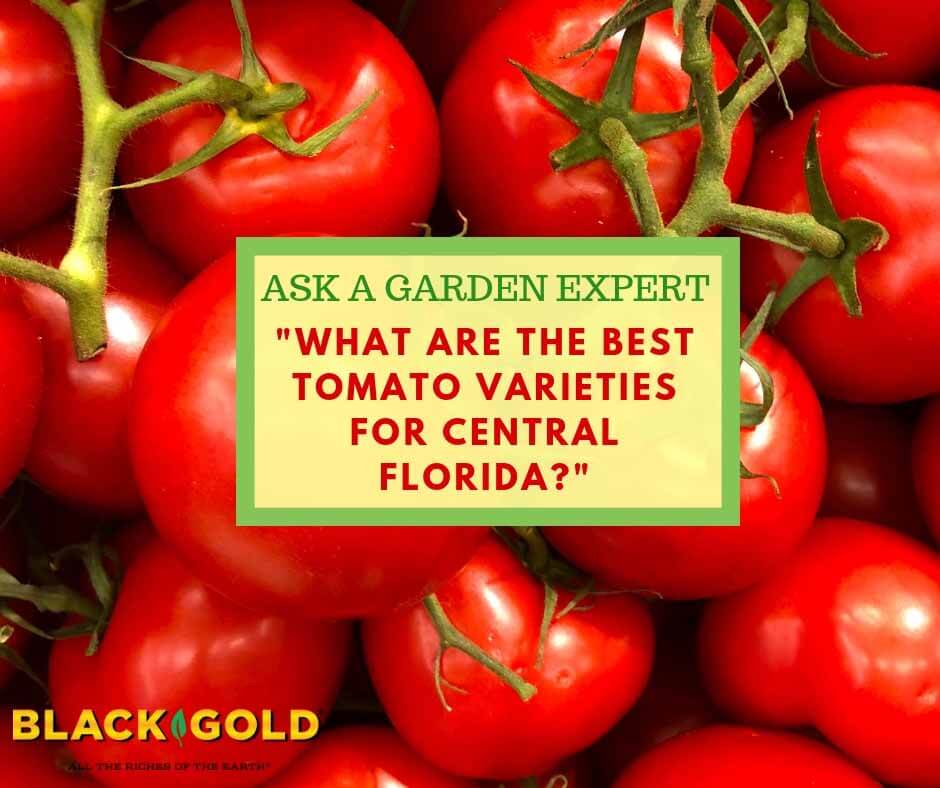
“I live in south Georgia and I would love to plant peonies, but I was told by a local nursery that they can’t survive here because we don’t have cold enough winters for them to reset, is this true?” Question from Ladonna of Naylor, Georgia
Answer: It is partially true. The most popular peonies in the US are common garden peonies (Paeonia lactiflora). The large, bushy plants produce loads of big, late-spring flowers and are hardy to USDA Hardiness Zones 3-7 (sometimes 3-8b), so you are on the edge of their hardiness. They do need winter cold for several months to produce blooms and survive in the long term, but Naylor, Georgia (USDA Hardiness Zones 8b) is cold enough to sustain some peonies. If you want to be on the safe side, there are other peonies that can survive with even less winter cold. This includes some tree peonies (Paeonia species and hybrids, varying zones, sometimes down to zone 9), and Intersectional (ITOH Hybrids (Zones 4-9), which are hybrids between common and tree peonies.
Peonies for Southern Gardeners
Here are seven good herbaceous peony varieties for southern gardens.
- ‘America’ (Zones 4-8b)- a single, red herbaceous peony that is award-winning and has HUGE blooms
- ‘Coral Charm‘ (Zones 3-8b) – a semi-double coral-pink award-winner (one of my favorites!)
- ‘Felix Crousse‘ (Zones 3-8b) – an herbaceous heirloom (1881) with fragrant double-red blooms
- ‘Festiva Maxima’ – an herbaceous heirloom (1881) with fragrant double-red blooms
- ‘Red Charm’ – an herbaceous peony with fragrant, deepest red, double blooms
- ‘Scarlet O’Hara’ (Zones 4-9) – Another exceptional single-red peony
- ‘Shirley Temple’ (Zones 3-8b) – a beautiful double peony of palest cream-pink
Click here to read more about caring for peonies, and click here for a full list of peony nurseries approved by The American Peony Society!
Happy gardening,
Jessie Keith
Black Gold Horticulturist


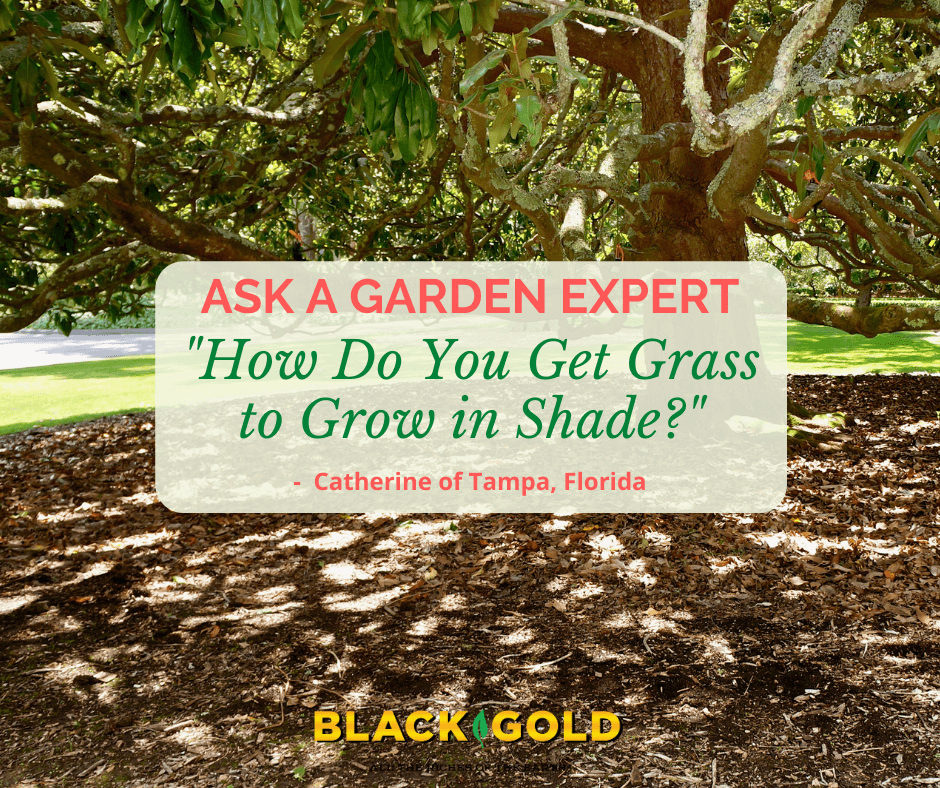
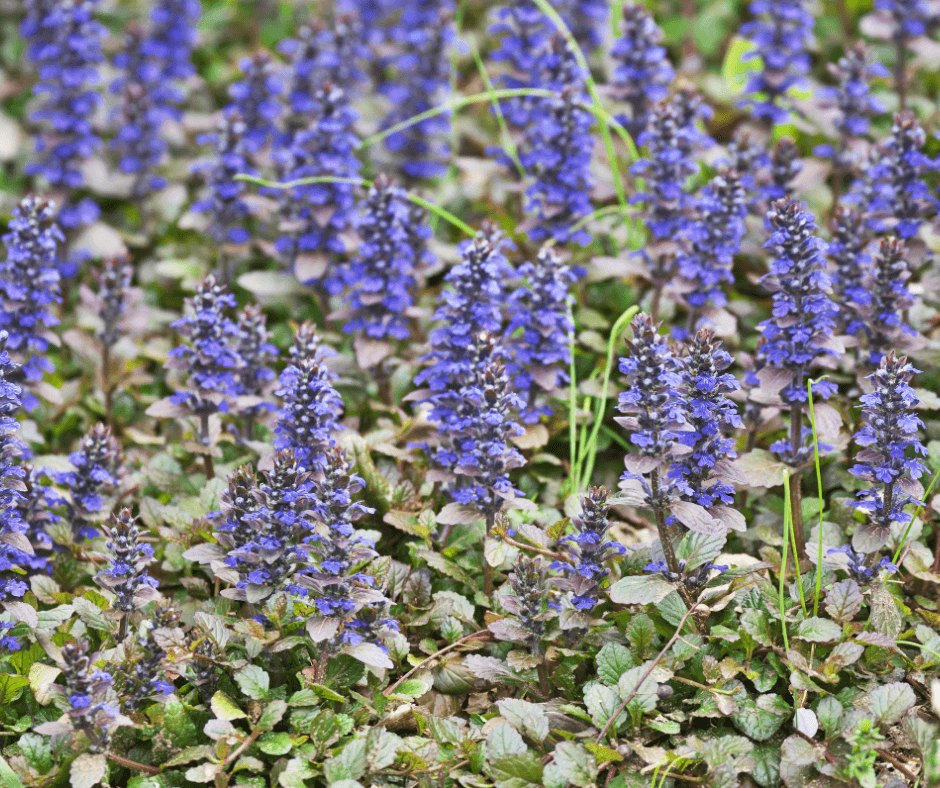
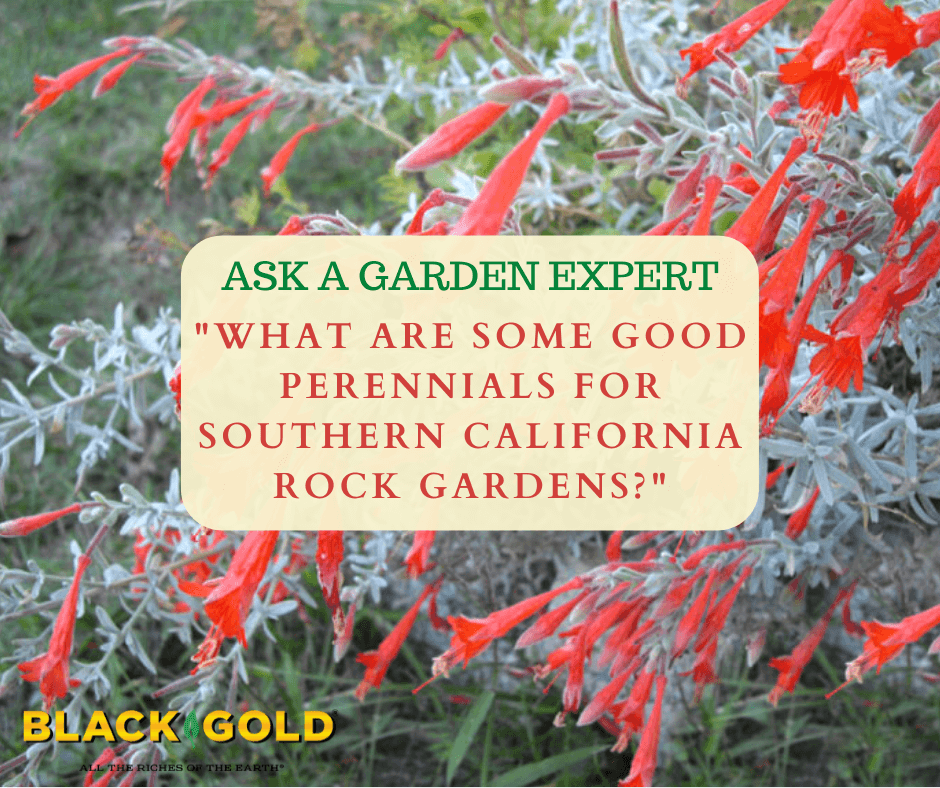
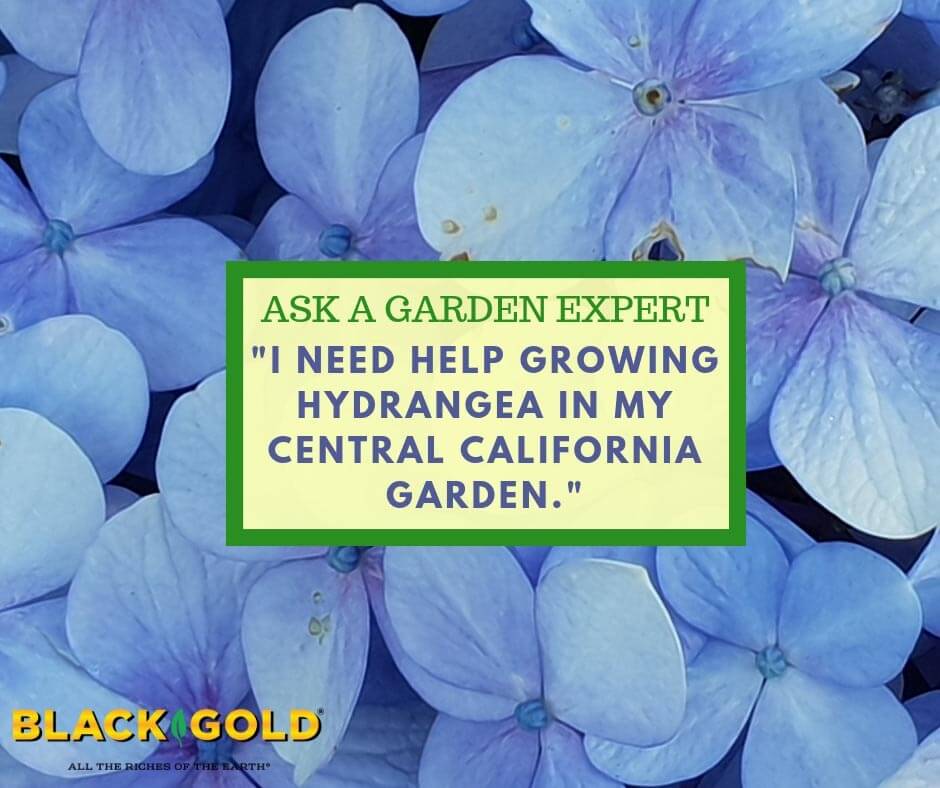

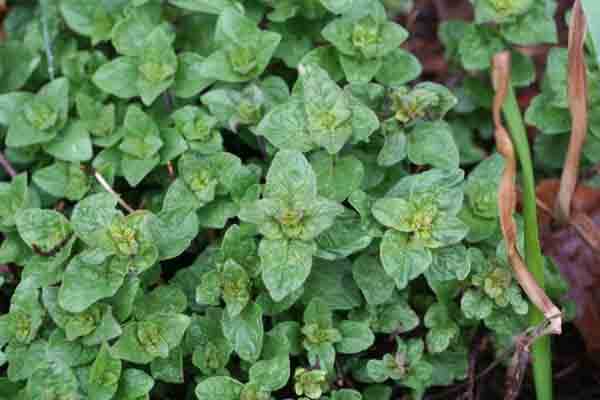 Oregano (Origanum vulgare, USDA Hardiness Zones 4-10) needs full sun and has low, rooting stems that spread, so be sure to give it space to grow. I recommend a low, wide pot.
Oregano (Origanum vulgare, USDA Hardiness Zones 4-10) needs full sun and has low, rooting stems that spread, so be sure to give it space to grow. I recommend a low, wide pot. Thyme (Thymus vulgaris, USDA Hardiness Zones 5-9) is a common herb across Europe with a low, spreading, shrubby habit and pungent evergreen leaves. It requires well-drained soil and a sunny spot.
Thyme (Thymus vulgaris, USDA Hardiness Zones 5-9) is a common herb across Europe with a low, spreading, shrubby habit and pungent evergreen leaves. It requires well-drained soil and a sunny spot.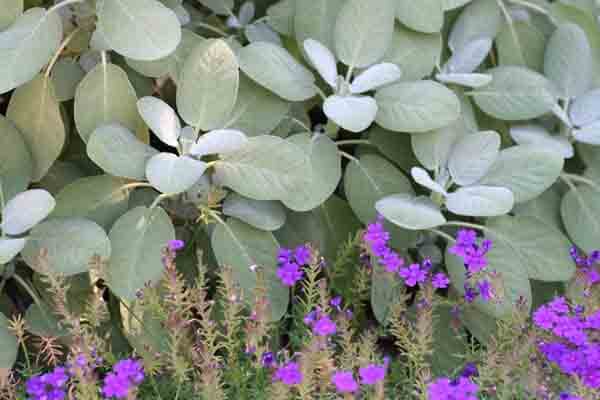 The leathery, gray, evergreen leaves of sage (Salvia officinalis, USDA Hardiness Zones 4-8) are tasty, and this hardy shrubby perennial bears pretty lavender-blue flowers in summer, which are also edible, and attract bees. Give it plenty of sun and soil with good drainage.
The leathery, gray, evergreen leaves of sage (Salvia officinalis, USDA Hardiness Zones 4-8) are tasty, and this hardy shrubby perennial bears pretty lavender-blue flowers in summer, which are also edible, and attract bees. Give it plenty of sun and soil with good drainage. Of all the lavenders, I like ‘Provence’ (Lavandula x intermedia ‘Provence’, USDA Hardiness Zones 6-9) because it is very fragrant and flowers heavily. It is a vigorous hybrid between English lavender (L. angustifolia) and Portuguese lavender (L. latifolia). (
Of all the lavenders, I like ‘Provence’ (Lavandula x intermedia ‘Provence’, USDA Hardiness Zones 6-9) because it is very fragrant and flowers heavily. It is a vigorous hybrid between English lavender (L. angustifolia) and Portuguese lavender (L. latifolia). ( In the Mediterranean, rosemary (Rosmarinus officinalis , USDA Hardiness Zones 8-10) is a favorite in landscapes and edible gardens. This sun and drought-loving herb has needle-like leaves that are resinous and fragrant. I recommend protecting is from excessive rain in Florida (
In the Mediterranean, rosemary (Rosmarinus officinalis , USDA Hardiness Zones 8-10) is a favorite in landscapes and edible gardens. This sun and drought-loving herb has needle-like leaves that are resinous and fragrant. I recommend protecting is from excessive rain in Florida (